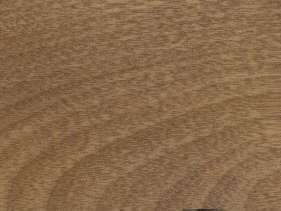 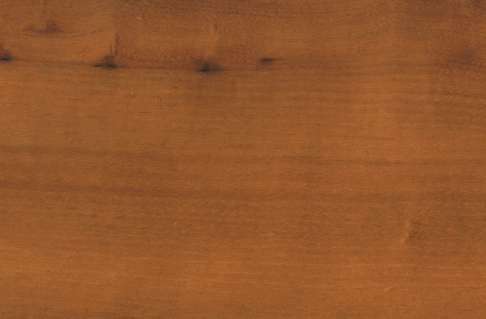 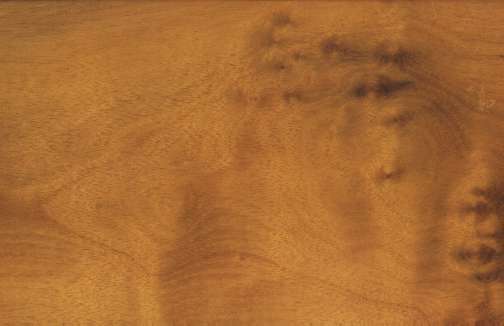 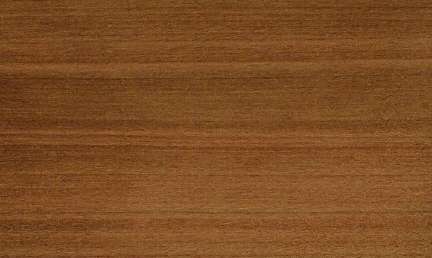 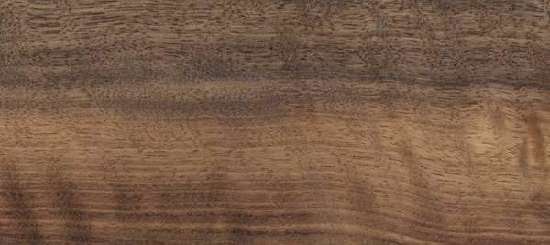 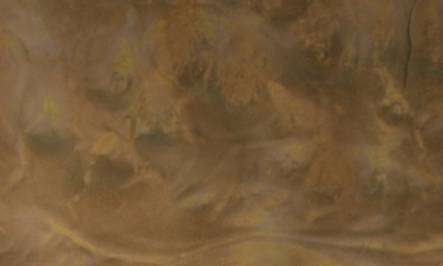
California laurel (Umbellularia californica)
Family:
Common names: Bay laurel, California laurel, Myrtle, Oregon myrtle, Pepperwood, Spice tree
Distributed in: United States (North America)
Distribution overview: The only tree in its family found in the western United States, California laurel occurs from Oregon to California, from latitudes 44 degrees to 33 degrees north. It grows in the Coast Ranges, the southwestern Cascade Range and all along the western Sierra Nevada. Its range is limited to within 160 miles east of the Pacific Coast. Many laurel trees are found in parks and riparian areas.
Common uses: Bedroom suites, Bent Parts, Building materials, Cabinetmaking, Chairs, Chests, Concealed parts (Furniture), Decorative veneer, Desks, Dining-room furniture, Dowell pins, Dowells, Drawer sides, Figured veneer, Fine furniture, Floor lamps, Furniture , Furniture components, Furniture squares or stock, Hatracks, Interior construction, Interior trim, Kitchen cabinets, Living-room suites, Millwork, Moldings, Novelties, Office furniture, Paneling , Radio - stereo - TV cabinets, Rustic furniture, Stools, Tables , Trimming, Turnery, Utility furniture, Veneer, Wainscotting, Wardrobes, Woodenware
Product sources: The material is scarce in the lumber form, but small pieces of wood are often available from dealers at high prices. Supplies of the highly figured Myrtle burls are very limited. They are the highest priced of all American woods when available.
Environment profile:
Severely overlogged
Tree size: Trunk diameter is 100-150 cm
Colors: the heart isGreenish-Yellow , Yellowand the sapwoodPale brown, Yellow.The grain isWavy, the textureUniformand the lusterMedium
Natural durability: Resistant to decay, Very little natural resistance
Odor: Spicy odor - may be strong or mild
Silica Content: Siliceous
Kiln Schedules: T6-A4 (4/4)
Drying Defects: Distortion, Splitting
Ease of Drying: Moderately Difficult to Difficult
Comments: The wood is used almost exclusively for wooden novelties of all varieties and sizes.
Boring: Fairly difficult to very difficult
Carving: Fairly Difficult to Very Difficult
Cutting Resistance: Fairly Difficult to Very Difficult to saw
Slight resistance
Gluing: Good properties
Mortising: Fairly Difficult to Very Difficult
Moulding: Good moulding properties
Movement in Service: Good moulding properties
Nailing: Good nailing properties, Holds nails well
Planing: Reduced angle of 20 degrees in recommended
Resistance to Impregnation: Resistant sapwood
Routing recessing: Fairly Difficult to Very Difficult
Sanding: Fine grade sandpaper is recommended
Screwing: Good screw holding properties, Good screwing properties; Turning: Wood has excellent turning properties
Polishing: Very Good to Excellent; Staining:
Seldom stained, but if color changes are desired, thin coats of dyes and tranparent stains are recommended over pigmented products.
; Varnishing: Highly attractive when coated with clear finishes
;
- Numerical data Metric
- Numerical data English
- Strength properties
- References
 |
 |
 |
 |
| Item |
Green |
Dry |
Metric |
| Specific Gravity |
0,5 |
0,53 |
|
| Density |
|
|
kg/m3 |
| Bending Strength |
|
|
kg/cm2 |
| Crushing Strength |
|
96 |
kg/cm2 |
| Hardness |
|
|
kg |
| Impact Strength |
|
76 |
cm |
| Shearing Strength |
|
128 |
kg/cm2 |
| Stiffness |
|
64 |
1000 kg/cm2 |
| Tangential Shrinkage |
8 |
|
% |
| Radial Shrinkage |
3 |
|
% |
| Weight |
817 |
592 |
kg/m3 |
| Maximum Load |
|
|
cm-kg/cm3 |
| Toughness |
|
|
cm-kg |
| Static Bending |
|
|
kg/cm2 |
|
 |  |  |  | | Item | Green | Dry | English | | Crushing Strength | | 1372 | psi | | Impact Strength | | 30 | inches | | Shearing Strength | | 1823 | psi | | Stiffness | | 921 | 1000 psi | | Specific Gravity | 0.5 | 0.53 | | | Weight | 51 | 37 | lbs/ft3 | | Radial Shrinkage | 3 | | % | | Tangential Shrinkage | 8 | | % | | Volumetric Shrinkage | 12 | | % | |
Bending strength (MOR) = low
Hard and heavy. resistant to wearing and marring
Boone, R.S., C.J. Kozlik, P.J. Bois and E.M. Wengert. 1988. Dry Kiln Schedules for Commercial Woods: Temperate and Tropical. United States Department of Agriculture, Forest Service, Forest Products Laboratory, General Technical Report FPL-GTR-57, Madison, Wisconsin.California Department of Forestry.Comparative Physical & Mechanical Properties of Western & Eastern Hardwoods.Prepared by Forest Products Laboratory, University of California at Berkeley, Berkeley, California.n/d.Constantine, Jr., A.J. 1975. Know your Woods - A Complete Guide to Trees, Woods, and Veneers. Revised by H.J. Hobbs. Charles Scribner's Sons, New York.Dave Faison. Into the Woods. Personal Communication, 1993.Kline, M. 1978. Umbellularia californica - California laurel. In A Guide to Useful Woods of the World. Flynn Jr., J.H., Editor. King Philip Publishing Co., Portland, Maine. 1994. Page 358-359.Lincoln, W.A. 1986. World Woods in Color. Linden Publishing Co. Inc., Fresno, California.Little, E.L.1980.The Audobon Society Field Guide to North American Trees - Western Region.Published by Arthur A. Knopf, New York.Niemiec, S.S., G.A. Ahrens, S. Willits, and D.E. Hibbs. March, 1995. Hardwoods of the Pacific Northwest. Oregon State University, College of Forestry,Research Contribution 8, Forest Research Laboratory, Department of Forest Products, Corvallis, Oregon.Panshin, A.J. and C. deZeeuw. 1980. Textbook of Wood Technology, 4th Edition. McGraw-Hill Series in Forest Resources. McGraw-Hill Book Company, New York.USDA. 1988. Dry Kiln Operators Manual, Preliminary Copy. Forest Service, Forest Products Laboratory, Madison, Wisconsin.Western Wood Products Association.19__.Woods of the Western USA.Published and distributed by the Western Wood Products Association, Yeon Building, 522 S.W. Fifth Avenue, Portland, Oregon.
|













